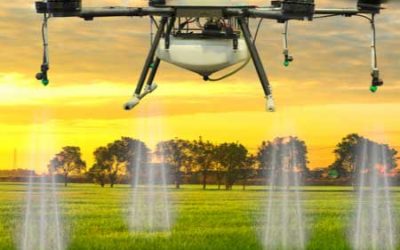 Realizing the potential and benefits of organic farming and to improve the economic condition of farmers in the country, Government of India is promoting organic farming through the dedicated schemes of Paramparagat Krishi Vikas Yojana (PKVY) and Mission Organic Value Chain Development for North Eastern Region (MOVCDNER) under National Mission for Sustainable Agriculture (NMSA) since 2015-16. Under PKVY, flexibility is given to states to adopt any model of Organic Farming including ZBNF depending on farmer’s choice that is free from chemicals, pesticides residues and adopts eco-friendly low cost technologies.
Realizing the potential and benefits of organic farming and to improve the economic condition of farmers in the country, Government of India is promoting organic farming through the dedicated schemes of Paramparagat Krishi Vikas Yojana (PKVY) and Mission Organic Value Chain Development for North Eastern Region (MOVCDNER) under National Mission for Sustainable Agriculture (NMSA) since 2015-16. Under PKVY, flexibility is given to states to adopt any model of Organic Farming including ZBNF depending on farmer’s choice that is free from chemicals, pesticides residues and adopts eco-friendly low cost technologies.
Under PKVY, assistance of Rs. 50,000 per hectare/ 3 years is allowed out of which Rs. 31,000 (61%) is provided to farmer directly through DBT for input (biofertilisers, biopesticides, vermicompost, botanical extracts etc) production/ procurement, packing, marketing etc.
Under MOVCDNER , assistance is provided to the farmers in a value chain mode starting from formation of Farmers Producer Organisations (FPOs), on/off farm input production, supply of seeds/ planting materials, post harvest infrastructure including collection, sorting, grading facilities, establishment of integrated processing unit, refrigerated transportation, pre-cooling/ cold stores chamber, branding, labelling and packaging, etc .
These schemes are implemented through State Governments at district and village level depending on the interest of the farmers. PKVY scheme is being implemented in 29 States & UTs and MOVCDNER scheme is implemented in the States of Arunachal Pradesh, Assam, Manipur, Meghalaya, Mizoram, Nagaland, Sikkim and Tripura since 2015-16.
This information was given in a written reply by the Union Minister of Agriculture and Farmers Welfare Narendra Singh Tomar in Lok Sabha today.

















0 Comments